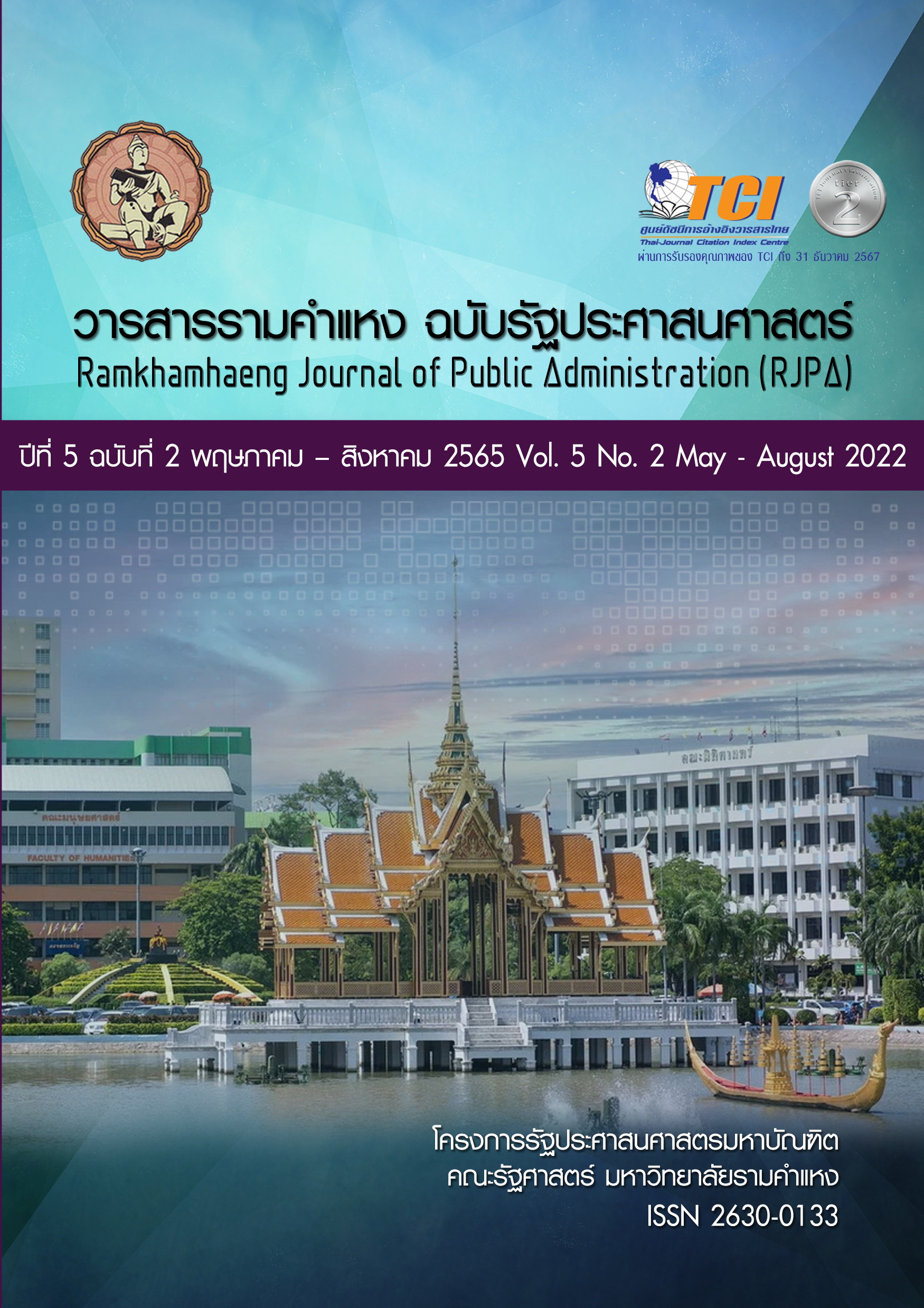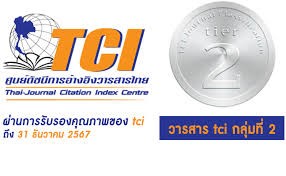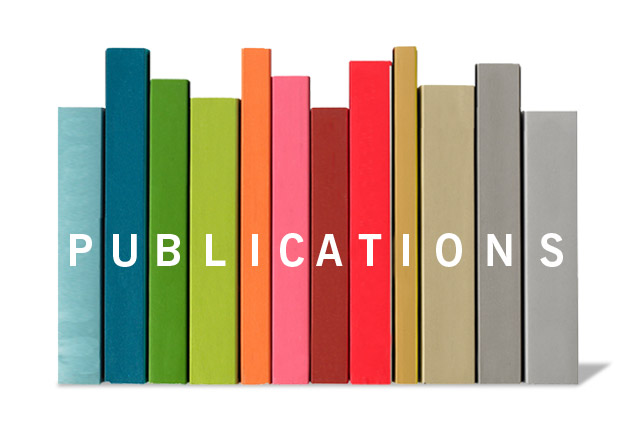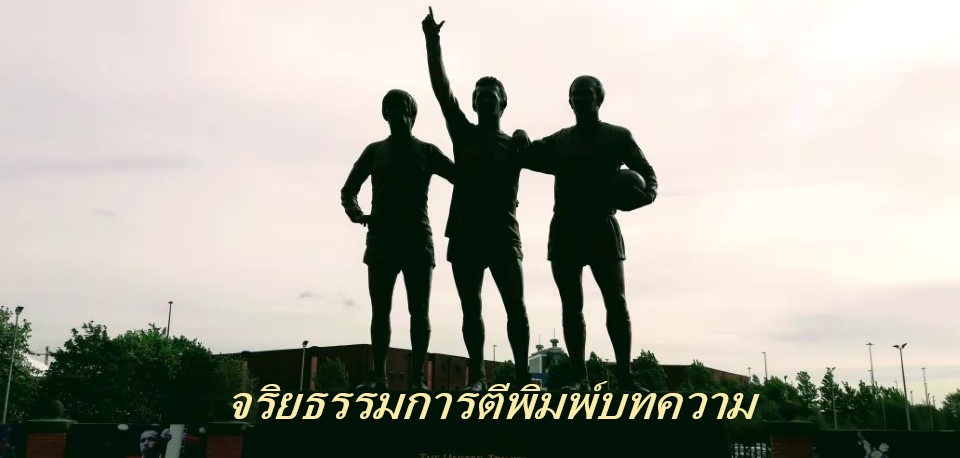การบริหารจัดการในการดูแลผู้สูงอายุภายในชุมชน (The management of elderly care in community)
กรณีศึกษา เทศบาลตำบลเขาพระงาม อำเภอเมืองลพบุรี จังหวัดลพบุรี (A case study of Khao Phra Ngam Municipality, Mueang Lopburi District, Lopburi Province)
Abstract
บทคัดย่อ
งานวิจัยนี้เป็นการวิจัยเชิงปริมาณมีวัตถุประสงค์เพื่อศึกษา (1) ปัจจัยที่มีผลต่อประสิทธิภาพการบริหารจัดการดูแลผู้สูงอายุภายในชุมชน (2) กระบวนการบริหารจัดการดูแลผู้สูงอายุภายในชุมชนของเทศบาล และ (3) ผลการบริหารจัดการดูแลผู้สูงอายุภายในชุมชน ใช้กลุ่มตัวอย่างจากผู้บริหาร สมาชิกสภาเทศบาล ข้าราชการ พนักงาน จำนวน 156 คน ผลการศึกษาพบว่า (1) ปัจจัยที่มีผลต่อประสิทธิภาพการบริหารจัดการดูแลผู้สูงอายุ ภาพรวมอยู่ในระดับมากที่สุด โดยปัจจัยด้านภาวะผู้นำ มีค่าเฉลี่ยสูงสุด และมีอิทธิพลต่อผลการบริหารจัดการดูแลผู้สูงอายุ อย่างมีนัยสำคัญทางสถิติที่ระดับ 0.05 รองลงมา คือ ปัจจัยด้านการมีส่วนร่วม และปัจจัยด้านนโยบาย ตามลำดับ (2) กระบวนการบริหารจัดการดูแลผู้สูงอายุ ภาพรวมอยู่ในระดับมากที่สุด และในรายด้าน การจัดการด้านงบประมาณ มีค่าเฉลี่ยสูงสุด รองลงมา คือ การประสานงาน และการบริหารทรัพยากรบุคคล ตามลำดับ (3) ผลการบริหารจัดการดูแลผู้สูงอายุ ภาพรวมอยู่ในระดับมาก และในรายด้าน คุณภาพชีวิตด้านสุขภาพอนามัย มีค่าเฉลี่ยสูงสุด รองลงมา คือ คุณภาพชีวิตด้านนันทนาการ และคุณภาพชีวิตด้านสังคม/สภาพแวดล้อม ตามลำดับ โดยคุณลักษณะส่วนบุคคลด้านตำแหน่ง และระยะเวลาปฏิบัติงานมีอิทธิพลต่อ ผลการบริหารจัดการดูแลผู้สูงอายุ อย่างมีนัยสำคัญทางสถิติที่ระดับ 0.05
Abstract
This research was a quantitative research, aimed to study (1) factors affecting the efficiency of elderly care management within the community, (2) the process of managing elderly care within the community of the municipality, and (3) the outcome of care management of elderly people in the community. Samples are composed of executives members of the municipal council, civil servants, and employees of 156 people. The results of the study found that (1) factors affecting the efficiency of elderly care management at overall picture is at the highest level. Considering leadership factors which have the highest average and influencing the outcome of elderly care management with statistical significance at the 0.05 level, followed by factors concerning participation aspect and policy factors, respectively. (2) Elderly care management process at overall picture is at the highest level and in terms of budget management with the highest average, followed by coordination and human resource management, respectively. The overall picture was at a high level and in terms of quality of life in terms of health and sanitation, with the highest mean, followed by quality of life in recreation and social environmental quality of life respectively. It also found that the duration of work has an influence on elderly care management results statistically significant at the 0.05 level.




 Publication Policy (นโยบายการตีพิมพ์บทความ)
Publication Policy (นโยบายการตีพิมพ์บทความ) Publication Ethics (จริยธรรมการตีพิมพ์บทความ)
Publication Ethics (จริยธรรมการตีพิมพ์บทความ)